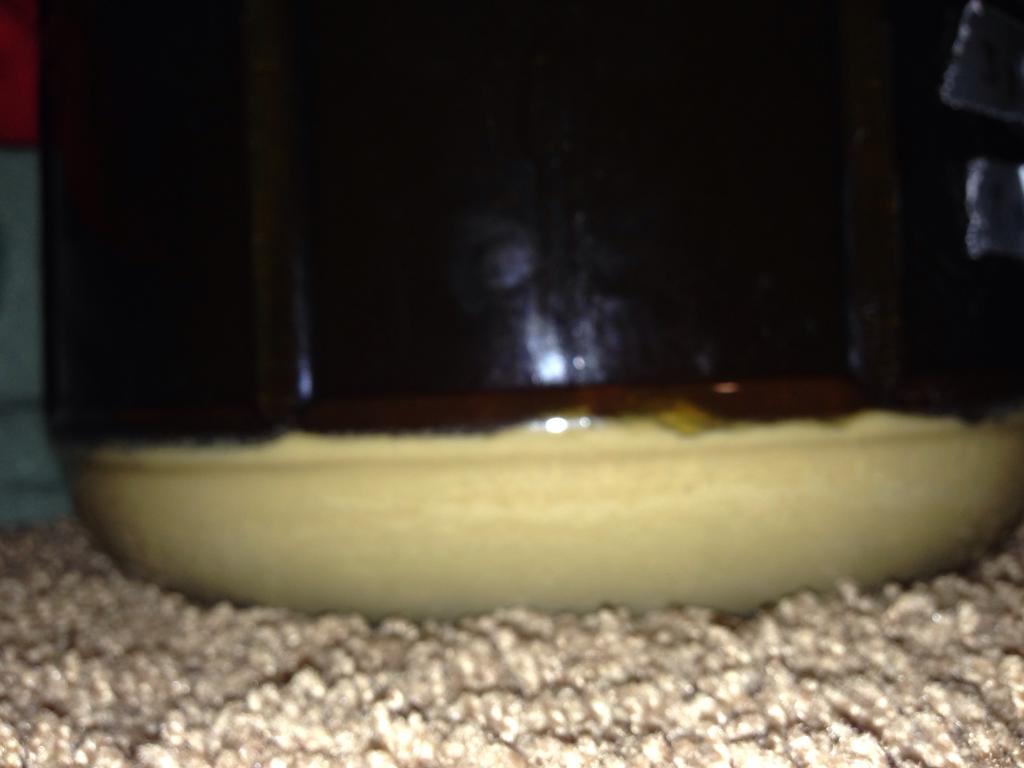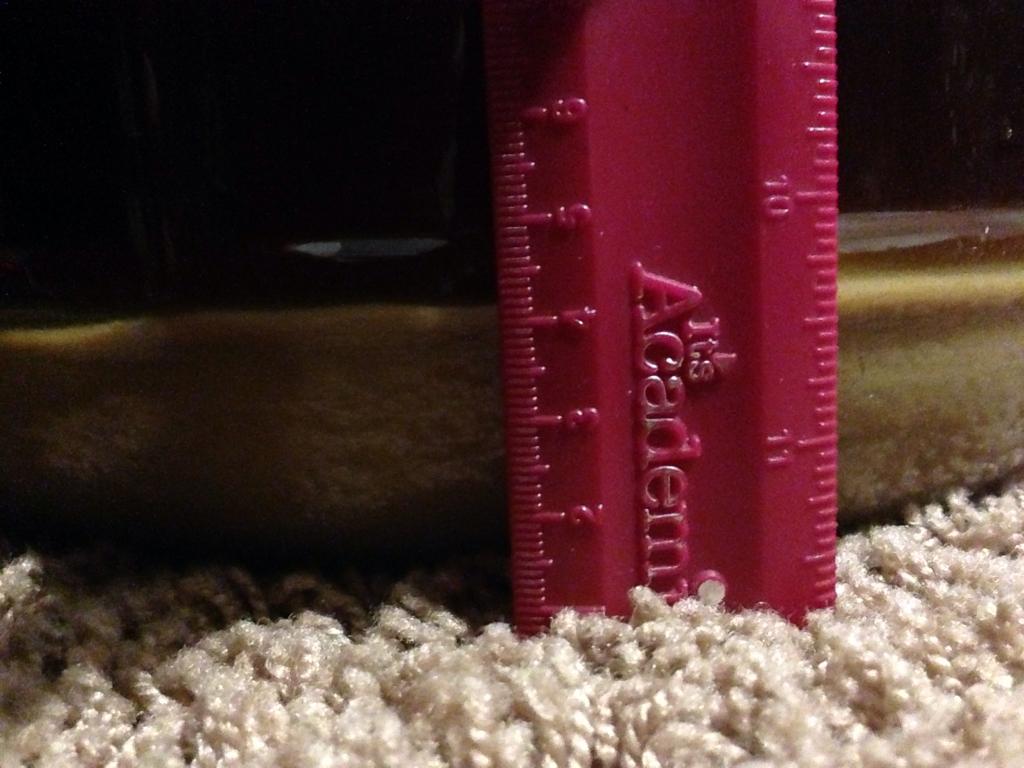corycorycory09
Well-Known Member
- Joined
- Jan 9, 2015
- Messages
- 151
- Reaction score
- 22
I'm finishing up a 3.5 gallon batch of OG 1.060 beer. I fermented with WLP007 which worked nicely at 77+% apparent attenuation.
My 6.5 gallon glass carboy has a visible layer of yeast on the bottom about 1.7" high.
I want to brew 5 gallons of breakfast stout with an OG of 1.086.
According to Mr Malty I need about 150ml of yeast slurry. Based on my calculations there is over 2000 ml of 'unwashed' slurry on the bottom.
It seems like I would be massively over-pitching if I used the yeast cake in this case... but I've heard that people repitch on their cake often.
Should I remove and wash the yeast in my carboy, or am I okay to repitch my new batch on top of the cake?


My 6.5 gallon glass carboy has a visible layer of yeast on the bottom about 1.7" high.
I want to brew 5 gallons of breakfast stout with an OG of 1.086.
According to Mr Malty I need about 150ml of yeast slurry. Based on my calculations there is over 2000 ml of 'unwashed' slurry on the bottom.
It seems like I would be massively over-pitching if I used the yeast cake in this case... but I've heard that people repitch on their cake often.
Should I remove and wash the yeast in my carboy, or am I okay to repitch my new batch on top of the cake?




